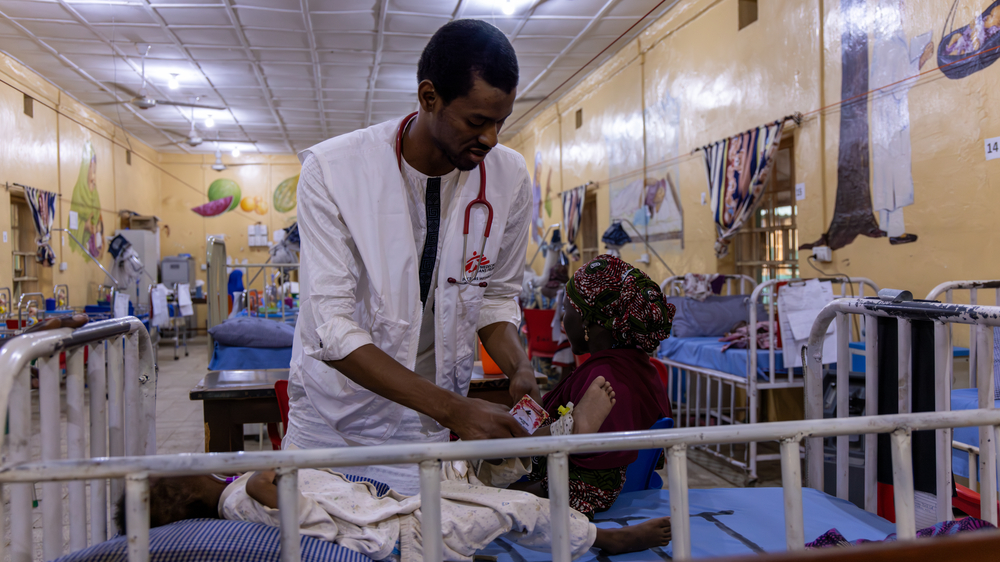A joint report by the United Nations Children’s Fund, the World Health Organisation, and the World Bank Group has highlighted a troubling rise in child stunting across Africa.
The report noted that Africa is the only region where the number of stunted children has grown since 2012, increasing from 61.7 million to 64.8 million, despite global progress in reducing child undernutrition.
Stunting is the impaired growth and development that children experience from poor nutrition, repeated infection, and inadequate psychosocial stimulation. In layman’s language, stunting is when a child has a low height for their age.
The Joint Malnutrition Estimates 2025 Edition, with new estimates on child malnutrition from 2000-2024, released on Thursday, stated that good nutrition is a cornerstone of a child’s survival, growth, and development, empowering them to learn, engage, and contribute positively to society.
However, malnutrition can hinder this progress, curtailing their futures before they even begin.
The joint report revealed a troubling reality, which showed that after decades of progress, child malnutrition continues to affect millions of children around the world.
“The latest estimates reveal: 150.2 million children under five experienced stunting; 42.8 million suffered from wasting, including 12.2 million with severe wasting; and 35.5 million were affected by overweight.
“Recent trends signal a worrying halt in stunting reduction, continued high levels of wasting, and unchanged rates of overweight among children under 5 years old globally. Less than one-third of countries are on track to meet 2030 stunting targets, while just 17 per cent are progressing toward overweight reduction goals.
“Asia bears over half of all children with stunting (51 per cent), while Africa accounts for 43 per cent. Most concerning: Africa is the only region where the number of children affected by stunting has increased since 2012, rising from 61.7 million to 64.8 million children.”
The report stated that stunting impacts physical growth, brain development, and lifetime earning potential. Wasting puts children at immediate risk of death. Without action, we risk an entire generation’s potential slipping away.
It showed that gaps continue to pose significant challenges, making it difficult to accurately assess progress, especially concerning wasting. Addressing child malnutrition demands intensified and sustained efforts across all sectors, guided by robust and timely data collection.
The report revealed insufficient progress to reach the 2025 World Health Assembly global nutrition targets and SDG target 2.2 – to improve maternal, infant, and young child nutrition
.
“Just over one quarter of all countries (28 per cent) are ‘on track’ to halve the number of children affected by stunting by 2030, and assessment of progress to date is not possible for 20 per cent of countries. Even fewer countries are expected to achieve the 2030 target of three per cent prevalence for overweight, with just 17 per cent of countries currently ‘on track’.
“Further, an assessment of progress towards the wasting target is not possible for over one-third of all countries.
“More intensive efforts are needed for the world to achieve the global targets for stunting, wasting, and child overweight by 2030. Gaps in the availability of data in some regions make it challenging to accurately assess progress towards global targets. Regular data collection is critical for monitoring and reporting on country, regional, and global progress on child malnutrition,” it added.




